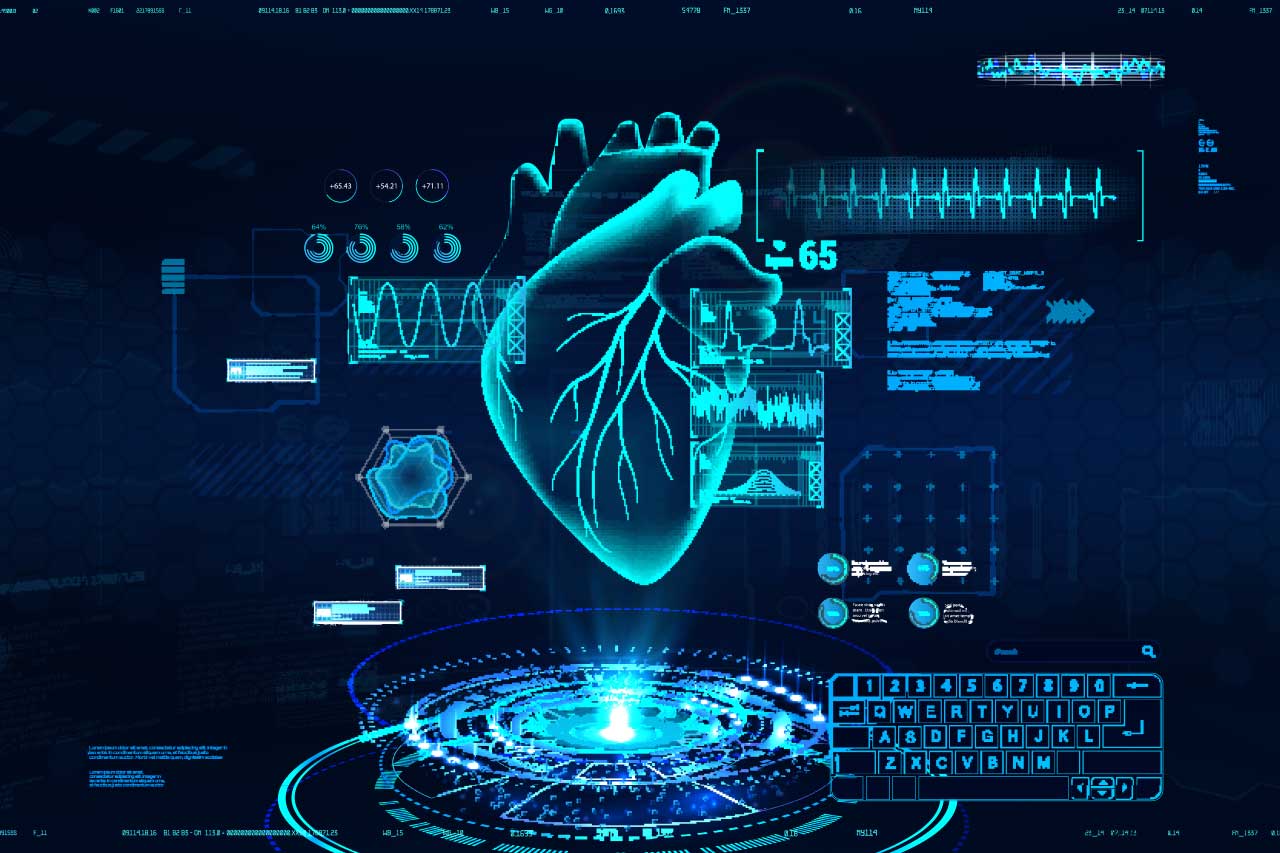Pacemaker developments and prospects for innovation: what future for cardiac stimulation?

The unique period we have been living through since the beginning of 2020 would almost make us forget that the main cause of mortality, all countries combined, remains by far cardiovascular diseases. Although appearing to be ancient, therapies in this field, particularly in the field of cardiac stimulation using pacemakers, continue to evolve and to improve patient care and quality of life. After 25 years of exploration alongside key players in this field, Alcimed wishes to continue to offer its experience in innovation and to push the limits of patient care ever further.
The evolution of pacemakers: 150 years of miniaturization and technological breakthroughs
The history of pacemakers is ancient and can be traced back to the end of the 18th century in Great Britain where the first mention of external cardiac stimulation is found in the archives of the London Royal Human Society.
However, it was not until after the Second World War, in 1958, that a first revolution in patient care took place. That year, the joint work of the physician-inventor Rune Elmqvist and the cardiac surgeon Ake Senning led to the first implantation of a cardiac stimulation device in a patient who was 43 years old at the time.
The 2nd revolution saw pacemakers steadily reducing their size and increasing their functionality, expanding the prospects of patient care. This revolution lasted throughout the middle of the 20th century and until the early 2000s, with the following key dates:
– Arrival of the first dual-chamber pacing (right ventricle and atrium) in 1963
– Remote programming by radio frequency in 1970
– First association with a defibrillator in 1985
The 3rd revolution and the culmination of the miniaturization of pacemakers
A third revolution in pacemakers is currently taking place, driven by pioneering companies such as Abbott and Medtronic.
Until now, so-called conventional stimulators (as opposed to “probeless” stimulators) were composed of two elements, the stimulation generator and the probe, implanted during a heavy and invasive thoracic surgery, leaving visible marks on the patient’s body.
The generator, classically placed under the patient’s skin near the collarbone, acts as a “brain”, analyzing cardiac parameters and delivering the required stimulation via the probe. The probe physically connects the generator to the heart, through the veins under the collarbone and superior vena cava into the ventricle.
New-generation pacemakers have made it possible to do without a lead, thanks to a so-called “lead-free” stimulation generator integrated directly into the patient’s heart. The removal of the lead and the successful miniaturization of these latest-generation pacemakers have made it possible to implement much less invasive implantation procedures, using catheters with reduced diameters that can be introduced transfemorally, significantly improving patients’ quality of life.
A pacemaker revolution that’s struggling to establish itself in the face of “conventional” therapies
Despite the demonstrated benefits to patients, safer implantation and the virtual absence of physical signs or restrictions, “lead-free” pacemakers are struggling to establish themselves over conventional therapies.
While the majority of cardiologist-implanters that Alcimed has seen during its explorations seem convinced that this is the standard therapy of the next decade, its widespread use will not be without effort on the part of market players. The price of the devices, as well as certain technological restrictions such as the lifetime of the generator, the risks and uncertainties linked to its withdrawal and the current impossibility of double-chamber stimulation are the main barriers expressed by the medical profession and its institutions.
Cardiac resynchronization, the next land of exploration
The next technological challenge related to cardiac pacing will be to synchronize the right and left parts of the heart, in order to get ever closer to “physiological” functioning.
Indeed, the deleterious impact of long-term pacing of the right ventricle (regurgitation, atrial fibrillation or systolic dysfunction) is described and widely accepted by the medical community.
Current so-called resynchronization solutions involve triple chamber stimulation of the right atrium and ventricle as well as the left ventricle by means of “classic” intracardiac leads and implants that remain invasive.
Other innovative therapies, such as His Bundle Pacing (HBP) are emerging, focusing the stimulation further downstream in the cardiac electrical impulse conduction system. However, this new therapeutic axis will require numerous clinical validations in large-scale trials.
Although it is an old field and has undergone multiple technological leaps, cardiac stimulation remains one of the most dynamic areas of exploration in Healthcare. Numerous challenges await the players in the field, whether economic, technical, or scientific. Nevertheless, cardiac resynchronization solutions seem promising for improving patient care and enhancing their quality of life.
So, ready to explore future pacemaker revolutions with us? Discover our consulting achievements in product innovation and foresight exercise!
About the author
Etienne, Project Manager in Alcimed’s Healthcare team in Switzerland
Do you have an exploration project?
Our explorers are ready to discuss it with you